The GRASS GIS 8.4.1 release provides more than 80 improvements and fixes with respect to the release 8.4.0. Enjoy!
What’s new in a nutshell
The GRASS GIS 8.3.0 release provides more than 360 changes compared to the 8.2 branch. This new minor release brings in many fixes and improvements in GRASS GIS modules and the graphical user interface (GUI) which now has the single window layout by default. Some of the most relevant changes include: support for parallelization in three raster modules, new options added to several temporal modules, and substantial clean-up of g.extension, the module that allows the installation of add-ons. The GUI also received a lot of attention with many fixes and items reorganised. We have also adopted the Clang format and indented most of the C code accordingly. A lot of effort was put into cleaning up the C/C++ code to fix almost all compiler warnings.
Translations have been moved from Transifex to Weblate, which automatically creates pull requests with the translated chunks. We’d like to thank the translators of all languages for their long term support!
Also, docker images have been updated and moved from the mundialis to the OSGeo organization at https://hub.docker.com/r/osgeo/grass-gis/.
We have carried out quite some work in the GitHub Actions: we added support for “pre-commit” in order to reduce unnecessary runs of the automated checks, there were notable improvements in the code checking section and we have activated renovatebot to automatically maintain GitHub Actions.
Last but not least, we have significantly improved the automated release creation to reduce maintainer workload and we have gained nine new contributors! Welcome all!!
Full list of changes and contributors
For all 360+ changes, see our detailed announcement with the full list of features and bugs fixed at GitHub / Releases / 8.3.0.
Thank you all contributors!!
Download and test!
Binaries/Installers download
- Windows
- macOS
- Linux
Further binary packages for other platforms and distributions will follow shortly, please check at software downloads.
Source code download
- https://grass.osgeo.org/grass83/source/
- https://grass.osgeo.org/grass83/source/grass-8.3.0.tar.gz
- From GitHub
First time users may explore the first steps tutorial after installation.
About GRASS GIS
The Geographic Resources Analysis Support System (https://grass.osgeo.org/), commonly referred to as GRASS GIS, is an Open Source Geographic Information System providing powerful raster, vector and geospatial processing capabilities. It can be used either as a stand-alone application, as backend for other software packages such as QGIS and R, or in the cloud. It is distributed freely under the terms of the GNU General Public License (GPL). GRASS GIS is a founding member of the Open Source Geospatial Foundation (OSGeo).
The GRASS Dev Team
Overview of changes
After more than 3 year of development the first stable release GRASS GIS 8.0.0 is available. Efforts have concentrated on making the user experience even better, providing many new useful additional functionalities to modules and further improving the graphical user interface.
Breaking news: new graphical user interface with entirely rewritten startup sequence!
This re-establishes user experience compatibility with QGIS and other connected software packages.
The GRASS GIS 8.0.0 release provides more than 1,400 fixes and improvements with respect to the release 7.8.6.
With the introduction of the semantic label raster metadata class, the temporal database was modified to version 3. Hence, to be able to read and process GRASS 7.x space-time datasets, users will be prompted to run t.upgrade. If users want to read newly created space-time datasets back in GRASS 7.x, they can run t.downgrade.
Launching the software
The user experience of the graphical user interface has been completely rewritten: no more clumsy selection screens – just enter the menu system directly! And on command line, GRASS GIS now starts versionless, i.e. as grass. Enjoy!
Download and detailed list of changes
Thanks to all contributors!
Overview of changes
After more than 3 year of development the first stable release GRASS GIS 8.0.0 is available. Efforts have concentrated on making the user experience even better, providing many new useful additional functionalities to modules and further improving the graphical user interface.
Breaking news: new graphical user interface with entirely rewritten startup sequence!
This re-establishes user experience compatibility with QGIS and other connected software packages.
The GRASS GIS 8.0.0 release provides more than 1,300 fixes and improvements with respect to the release 7.8.6.
With the introduction of the semantic label raster metadata class, the temporal database was modified to version 3. Hence, to be able to read and process GRASS 7.x space-time datasets, users will be prompted to run t.upgrade. If users want to read newly created space-time datasets back in GRASS 7.x, they can run t.downgrade.
Launching the software
The user experience of the graphical user interface has been completely rewritten: no more clumsy selection screens – just enter the menu system directly!
And on command line, GRASS GIS now starts versionless, i.e. as grass.
Download and detailed list of changes
See https://github.com/OSGeo/grass/releases/tag/8.0.0RC2
Thanks to all contributors!
GRASS GIS 7.8.2 released with updated PROJ 6 and GDAL 3 support
What’s new in a nutshell
As a follow-up to the recent GRASS GIS 7.8.1 we have pusblished the new stable release GRASS GIS 7.8.2.
Besides other improvements, the release contains important PROJ 4/5/6 related datum handling fixes, wxGUI fixes and a fix for the vector import from PostGIS databases.
An overview of the new features in the 7.8 release series is available at new features in GRASS GIS 7.8.
Binaries/Installer download:
- winGRASS 7.8.2: 32bit standalone installer | 64bit standalone installer
- winGRASS 7.8.2 OSGeo4W: 32bit OSGeo4W installer | 64bit OSGeo4W installer
- Debian (forthcoming)
- Fedora and EPEL7 (CentOS7, RHEL7, … – included in Fedora 31+)
- Linux Mint: see Ubuntu
- Ubuntu (ubuntugis-unstable)
- … further binary packages for other Linux distributions will follow shortly, please check at software downloads.
Source code download:
- https://grass.osgeo.org/grass78/source/
- https://grass.osgeo.org/grass78/source/grass-7.8.2.tar.gz
- To get the GRASS GIS 7.8.2 source code directly from GitHub, see here.
See also our detailed announcement:
- https://trac.osgeo.org/grass/wiki/Release/7.8.2-News
- https://trac.osgeo.org/grass/wiki/Grass7/NewFeatures78 (overview of new 7.8 stable release series)
- https://grass.osgeo.org/grass7/manuals/addons/ (list of available addons)
First time users may explore the first steps tutorial after installation.
About GRASS GIS
The Geographic Resources Analysis Support System (https://grass.osgeo.org/), commonly referred to as GRASS GIS, is an Open Source Geographic Information System providing powerful raster, vector and geospatial processing capabilities in a single integrated software suite. GRASS GIS includes tools for spatial modeling, visualization of raster and vector data, management and analysis of geospatial data, and the processing of satellite and aerial imagery. It also provides the capability to produce sophisticated presentation graphics and hardcopy maps. GRASS GIS has been translated into about twenty languages and supports a huge array of data formats. It can be used either as a stand-alone application or as backend for other software packages such as QGIS and R geostatistics. It is distributed freely under the terms of the GNU General Public License (GPL). GRASS GIS is a founding member of the Open Source Geospatial Foundation (OSGeo).
The GRASS Development Team, December 2019
 GRASS GIS is an open source geoinformation system which is developed by a globally distributed team of developers. Besides the source code developers also message translators, people who write documentation, those who report bugs and wishes and more are involved.
GRASS GIS is an open source geoinformation system which is developed by a globally distributed team of developers. Besides the source code developers also message translators, people who write documentation, those who report bugs and wishes and more are involved.
Early days… from pre-Internet to CVS and SVN
While GRASS GIS is under development since 1982 (no typo!) it has been put into a centralized source code management system in December 1999. Why so late? Because the World Wide Web (WWW) became available in the 1990s along with tools like browsers and such, followed by the development of distributed source code management tools. We moved on 29th Dec 1999 (think Y2K bug) the entire code into our instance of CVS (Concurrent Versioning System). With OSGeo being founded in 2006, we migrated the CVS repository to SVN (Subversion for the source code management) and trac (bug and wish tracker) on 8 Dec 2007. See here for historic details on our various bug trackers.
Time to move on: git
Now, after more than 10 years using SVN/trac time had come to move on and join the large group of projects managing their source code in git (see also our related Wiki page on migration). Git comes with numerous advantages, yet we needed to decide which hosting platform to use. Options where github.com, gitlab.com, gitlab or gitea on OSGeo infrastructure, or other platforms. Through a survey we found out that the preference among contributors is GitHub. While not being open source itself it offers several advantages: it is widely known (good to get new developers interested and involved), numerous OSGeo projects are hosted there under the GitHub “OSGeo organization“.
If all fails (say, one day GitHub no longer being a reasonable choice) the import of our project from GitHub to GitLab is always possible. Indeed, we meanwhile mirror our code on OSGeo’s gitea server.
Relevant script code and migration ticket:
- svn -> git test migration ongoing, see #3722
- svn2git code written by Martin Landa
- Martin Landa also forked an existing “trac2github” PHP convertion script which includes GRASS related changes; it is available at https://github.com/landam/trac2github/tree/grass
Relevant steps:
- migrated SVN trunk -> git master
- migrated and tagged release branches (milestones)
- deleted “develbranch6” (we compared it to “releasebranch_6_4” and didn’t discover relevant differences)
- Fix commit messages (yes, we really wanted to be brave, updating decades of commit messages!):
- references to old RT tracker tickets (used Dec 2000 – Dec 2006)
- references to old GForge tracker tickets (used Jan 2007 – Dec 2008)
- references to other trac tickets (#x -> https://trac.osgeo.org/…)
Source code migration: the new git repositories
- github repository “grass” (repo)
- Source code from 1999 to present day (SVN-trunk -> git-master)
- all 7.x release branches
- github repository “grass-legacy” (repo)
- separate repository for older GRASS GIS releases (3.2, 4.x, 5.x, 6.x), hence source code now available in git since 1987!
- github repository “grass-addons” (repo)
- repository for addons
- github repository “grass-promo” (repo)
- repository for promotional material
- github repository “grass-website” (repo)
- repository for upcoming new Website
Remarks on the “grass-legacy” repository
What special about it:
- the source code goes back to 1987!
- file timestamps (which I tried to preserve for decades :-) have been used to reconstruct the source code history (e.g., releasebranch_3_2)
- junk files removed (plenty of leftover old binary files, files consisting of a special char only etc)
- having this grass-legacy repo available in parallel to the main grass repo which contains the recent source code we have a continuous source code coverage from 1987 to today in git.
- size is about 250MB
What’s missing
- the 4.3 source code doesn’t have distinct timestamps. Someone must have once packaged without mtime preservation… a pity. Perhaps a volunteer may fix that by carrying over the timestamps from GRASS GIS 4.2 in case the md5sum of a file is identical (or so).
Trac issue migration
A series of links had to be updated. Martin Landa invested days and days on that (thanks!!). He used the related GDAL efforts as a basis (Even Rouault: thanks!). As the date for the trac migration we selected 2007-12-09 (r25479) as it was the first SVN commit (after the years in CVS). The migration of trac bugs to github (i.e. transfer of trac ticket content) required several steps:
Link updates in the ticket texts:
- links to other tickets (now to be pointed to full trac URL). Note that there were many styles of referring in the commit log message which had to be parsed accordingly
- links to trac wiki (now to be pointed to full trac URL)
- links source code in SVN (now to be pointed to full trac URL)
- images and attachments (now to be pointed to full trac URL)
Transferring:
- “operating system” trac label into the github issue text itself (following the new issue reporting template)
- converting milestones/tickets/comments/labels
- converting trac usernames to Github usernames
- setting assignees if possible, set new “grass-svn2git” an assignee otherwise
- slowing down transfer to match the 60 requests per second API limit rate at github
Fun with user name mapping
Given GRASS GIS’ history of 35+ years we had to invest major effort in identifying and mapping user names throughout the decades (see also bug tracker history). The following circumstances could be identified:
- user present in CVS but not in SVN
- user present in SVN but not in CVS
- user present in both with identical name
- user present in both with different name (well, in our initial CVS days in 1999 we often naivly picked our surnames like “martin”, “helena”, “markus”, “michael” … cute yet no scaling very much over the years!) as some were changed in the CVS to SVN migration in 2007, leading to
- colliding user names
- some users already having a github account (with mostly different name again)
We came up with several lookup tables, aiming at catching all variants. Just a “few” hours to dig in old source code files and in emails for finding all the missing email addresses…
Labels for issues
We cleaned up the trac component of the bug reports, coming up with the following categories which have to be visually grouped by color since the label list is just sorted alphabetically in github/gitlab:
- Issue category:
- bug
- enhancement
- Issue solution (other than fixing and closing it normally):
- duplicate
- invalid
- wontfix
- worksforme
- Priority:
- blocker
- critical
- feedback needed
- Components:
- docs
- GUI
- libs
- modules
- packaging
- python
- translations
- unittests
- Windows specific
Note that the complete issue migration is still to be done (as of Nov. 2019). Hopefully addressed at the GRASS GIS Community Sprint Prague 2019.
Setting up the github repository
In order to avoid users being flooded by emails due to the parsing of user contributions which normally triggers an email from github) we reached out to GitHub support in order to temporarily disable these notifications until all source code and selected issues were migrated.
The issue conversion rate was 4 min per trac bug to be converted and uploaded to github. Fairly slow but likely due to the API rate limit imposed and the fact that the migration script above generates a lot of API requests rather than combined ones..
Note to future projects to be migrated: use the new gihub import API (unfortunately we got to know about its existence too late in our migration process).
Here out timings which occurred during the GRASS GIS project migration from SVN to github:
- grass repo: XX hours (all GRASS GIS 7.x code)
- grass-legacy repo: XX hours (all GRASS GIS 3.x-6.x code)
- NNN issues: XX hours – forthcoming.
New issue reporting template
In order to guide the user when reporting new issues, we will develop a small template – forthcoming.
Email notifications: issues to grass-dev and commits to grass-commit
We changed the settings from SVN post-hook to Github commit notifications and they flow in smoothly into the grass-commit mailing list. Join it to follow the development.
Overall, after now several months of using our new workflow we can state that things work fine.
On February 4, 2006 OSGeo held its first meeting in Chicago, with 25 participants representing 18 groups and over 20 different Open Source GIS projects, and 39 others participating via Internet Relay Chat. During the meeting, participants made important decisions in the formation and organization of the foundation, including the name, structure and purpose. The consensus reached in Chicago opened the way for the establishment of a productive and representative foundation.

Today we are happy to announce that the we have meanwhile over 32,800 unique subscribers in the huge list of over 290 OSGeo mailing lists!
And: check out the web site of the OSGeo foundation.
More to come this year!
… see here for the growing list of events
We are pleased to announce the GRASS GIS 7.4.2 release
What’s new in a nutshell
 After a bit more than four months of development the new update release GRASS GIS 7.4.2 is available. It provides more than 50 stability fixes and improvements compared to the previous stable version 7.4.1. An overview of the new features in the 7.4 release series is available at New Features in GRASS GIS 7.4.
After a bit more than four months of development the new update release GRASS GIS 7.4.2 is available. It provides more than 50 stability fixes and improvements compared to the previous stable version 7.4.1. An overview of the new features in the 7.4 release series is available at New Features in GRASS GIS 7.4.
Efforts have concentrated on making the user experience even better, providing many small, but useful additional functionalities to modules and further improving the graphical user interface. Segmentation now support extremely large raster maps. Dockerfile and Windows support received updates. Also the manual was improved. For a detailed overview, see the list of new features. As a stable release series, 7.4.x enjoys long-term support.
Binaries/Installer download:
- winGRASS 7.4.2: 32bit standalone installer | 64bit standalone installer
- winGRASS 7.4.2 OSGeo4W: 32bit OSGeo4W installer | 64bit OSGeo4W installer
- Debian
- EPEL6 (CentOS6, RHEL6, …)
- Fedora and EPEL7 (CentOS7, RHEL7, …)
- ubuntugis-unstable (Ubuntu LTS – Bionic, Xenial) | grass-stable (Ubuntu non-LTS)
- Max OS X (fully bundled binaries)
- … further binary packages for other Linux distributions will follow shortly, please check at software downloads.
Source code download:
- https://grass.osgeo.org/grass74/source/
- https://grass.osgeo.org/grass74/source/grass-7.4.2.tar.gz
- To get the GRASS GIS 7.4.2 source code directly from SVN, see here.
More details:
See also our detailed announcement:
- https://trac.osgeo.org/grass/wiki/Release/7.4.2-News
- https://trac.osgeo.org/grass/wiki/Grass7/NewFeatures74 (overview of new 7.4 stable release series)
- https://grass.osgeo.org/grass7/manuals/addons/ (list of available addons)First time users may explore the first steps tutorial after installation.
About GRASS GIS
The Geographic Resources Analysis Support System (https://grass.osgeo.org/), commonly referred to as GRASS GIS, is an Open Source Geographic Information System providing powerful raster, vector and geospatial processing capabilities in a single integrated software suite. GRASS GIS includes tools for spatial modeling, visualization of raster and vector data, management and analysis of geospatial data, and the processing of satellite and aerial imagery. It also provides the capability to produce sophisticated presentation graphics and hardcopy maps. GRASS GIS has been translated into about twenty languages and supports a huge array of data formats. It can be used either as a stand-alone application or as backend for other software packages such as QGIS and R geostatistics. It is distributed freely under the terms of the GNU General Public License (GPL). GRASS GIS is a founding member of the Open Source Geospatial Foundation (OSGeo).
The GRASS Development Team, October 2018
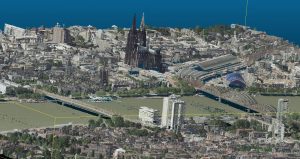 In order to simplify the installation of the latest PDAL release (Point Data Abstraction Library, https://www.pdal.io/, version 1.6.0) on Fedora, I have created an updated set of RPM packages now including vertical datums and grids (.gtx files from here).
In order to simplify the installation of the latest PDAL release (Point Data Abstraction Library, https://www.pdal.io/, version 1.6.0) on Fedora, I have created an updated set of RPM packages now including vertical datums and grids (.gtx files from here).
The installation is as simple as this (the repository is located at Fedora’s COPR):
# enable extra repos to satisfy dependencies sudo dnf copr enable neteler/pdal-hexer sudo dnf copr enable neteler/points2grid # install dependencies sudo dnf install hexer sudo dnf install points2grid # enable and install PDAL sudo dnf copr enable neteler/pdal sudo dnf install PDAL PDAL-devel PDAL-vdatums # run PDAL: pdal-config --version pdal --help
Enjoy!
Markus Neteler
Open Source Consultancy
Get in touch
E-Mail: markus AT neteler DOT org | contact form

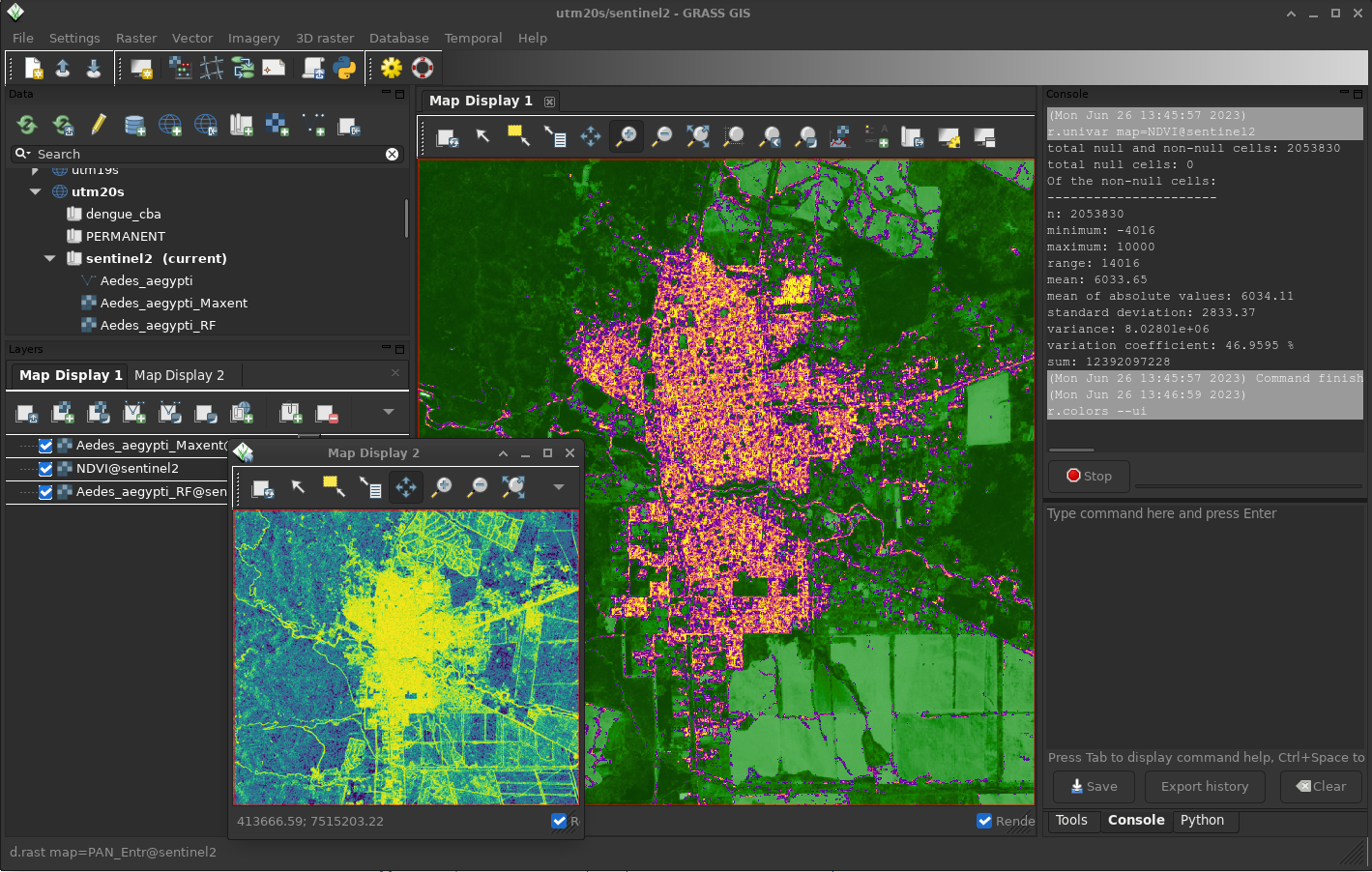
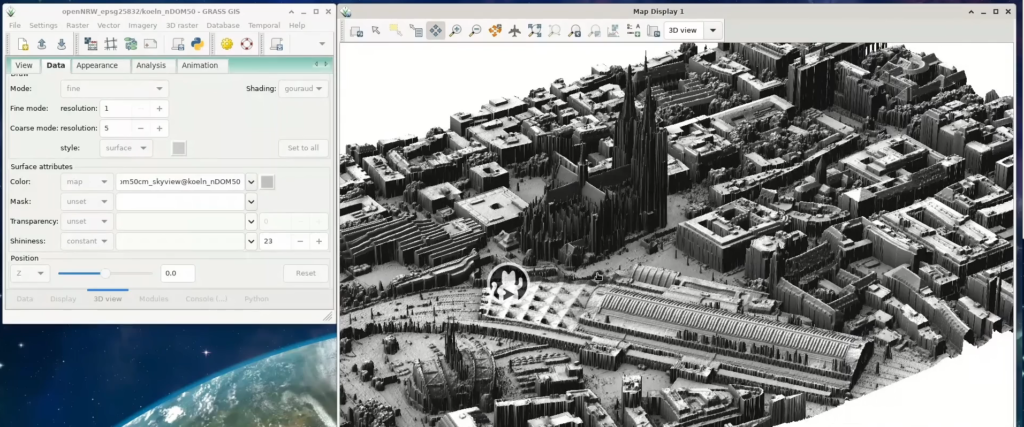
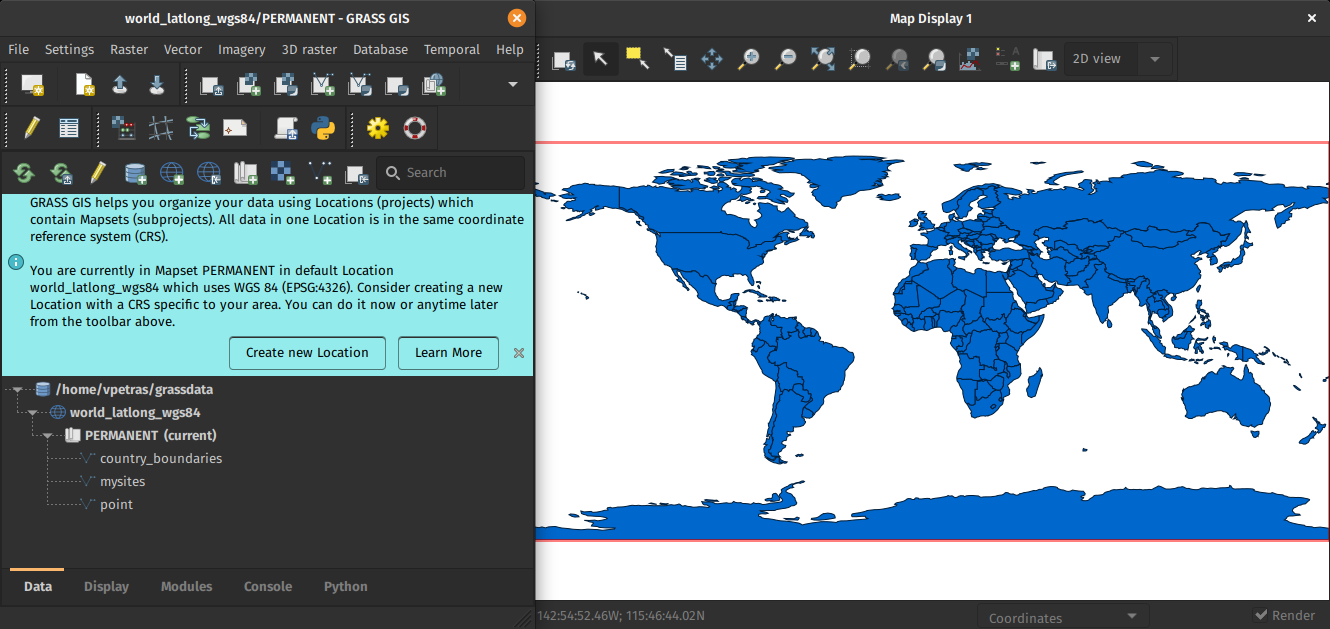
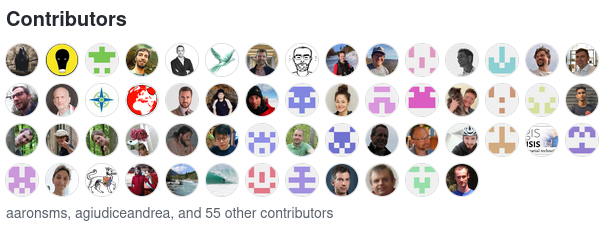

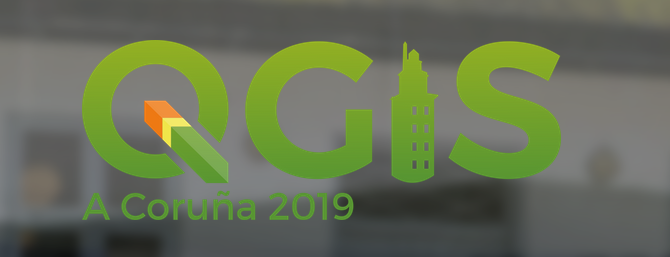
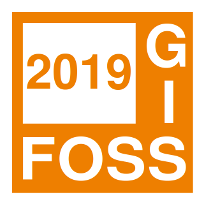
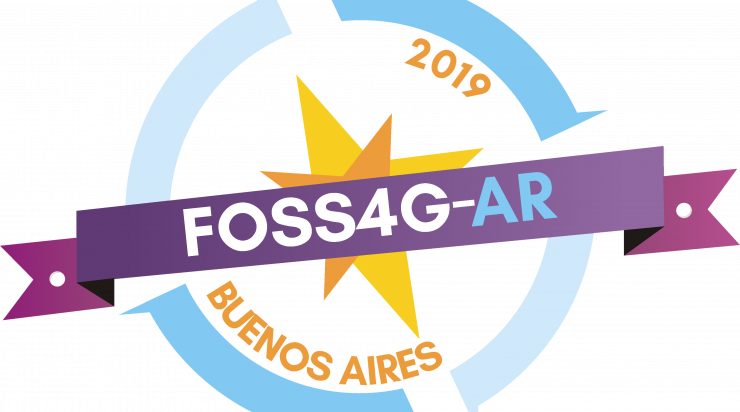




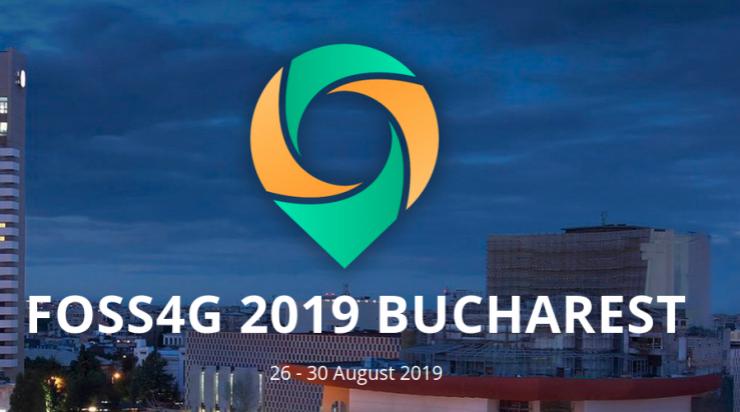
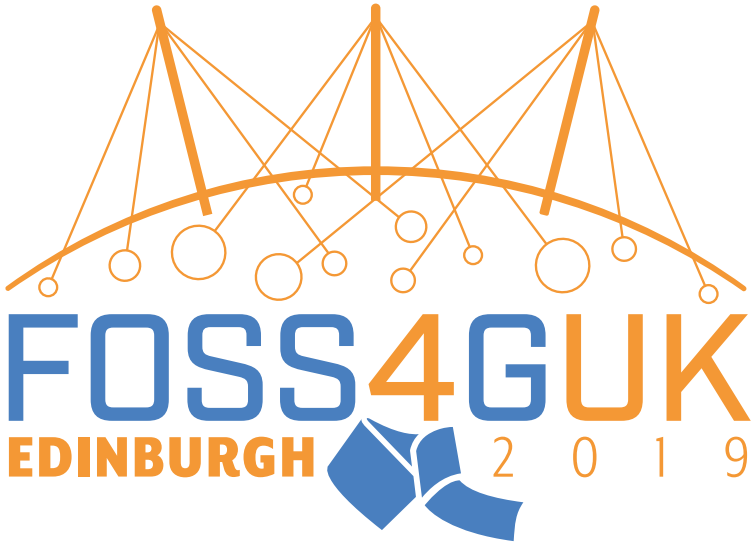
 Follow
Follow
 Follow
Follow